
A Lagoa
Overseas site
Total pitches: 75
No. touring pitches: 68
Open 01 Jan 2024 to 15 Jun 2024
Facilities
- Dogs
- Peaceful stays
- Motorhomes
Northern Spain is the perfect destination for hiking, cycling, bird watching and fishing with its predominantly lush green landscape and expansive forests. This is a destination that delights visitors with its Mudéjar architecture, a chance to sample authentic Spanish tapas and a plethora of deliciously fresh seafood not forgetting their world famous Rioja wine. The food scene of northern Spain is widely regarded as the best of the country.
Aragón is a landlocked region in north-eastern Spain bisected by the Ebro river, with the Pyrenees Mountains to the north and Valencia to the south. Aragón is known for its ornate, Moorish-influenced architecture represented magnificently in the 1686 basílica of Nuestra Senora del Pilar in Zaragoza, the regional capital and a commercial city boasting wide boulevards and one of the most diverse gastronomic scenes in Spain.
Cantabria is an autonomous region on Spain’s north coast. Santander, the capital, is a port on the Bay of Biscay, known for its long, curving El Sardinero Beach. Some of the best mountain walks in Europe can be found here, along with great cuisine, cider houses, prehistoric caves and well preserved medieval villages.
La Rioja is a province and autonomous community in northern Spain with a world renowned local wine industry. Situated below the Cantabrian Mountains, vineyards occupy the Ebro valley and surround the old town of Haro. The region produces 280 to 300 million litres of wine per year and comprises approximately 63,593 hectares of vineyards. Local wineries (bodegas) range from small, traditional cellars to major commercial producers.

Overseas site
Total pitches: 75
No. touring pitches: 68
Open 01 Jan 2024 to 15 Jun 2024
Facilities
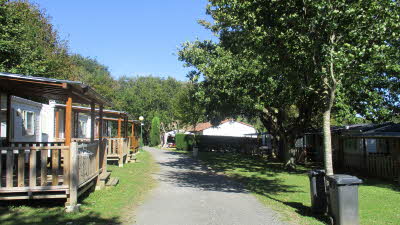
Overseas site
Total pitches: 71
No. touring pitches: 38
Open 15 Jan 2024 to 14 Dec 2024
Facilities
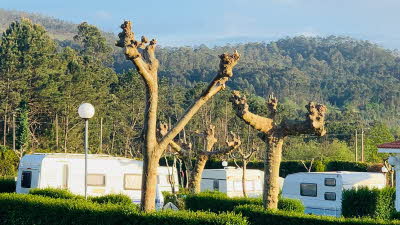
Overseas site
Total pitches: 66
No. touring pitches: 61
Open 02 Feb 2024 to 17 Dec 2024
Facilities
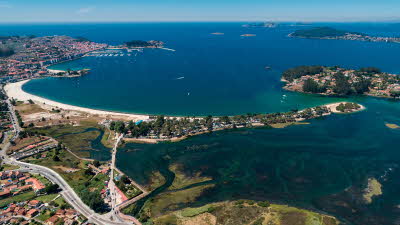
Overseas site
Total pitches: 290
No. touring pitches: 165
Open 22 Mar 2024 to 30 Sep 2024
Facilities
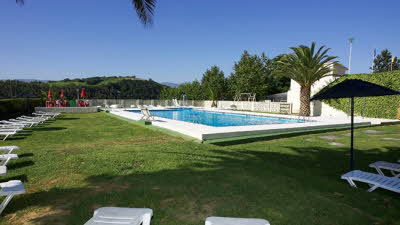
Overseas site
Total pitches: 220
No. touring pitches: 130
Open 15 Mar 2024 to 13 Oct 2024
Facilities

Overseas site
Total pitches: 220
No. touring pitches: 130
Open 02 Feb 2024 to 08 Dec 2024
Facilities
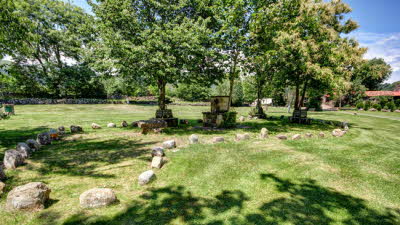
Overseas site
Total pitches: 154
No. touring pitches: 140
Facilities

Overseas site
Total pitches: 98
No. touring pitches: 80
Open 17 Mar 2024 to 14 Oct 2024
Facilities

Overseas site
Total pitches: 122
No. touring pitches: 112
Open 22 Mar 2024 to 01 Nov 2024
Facilities
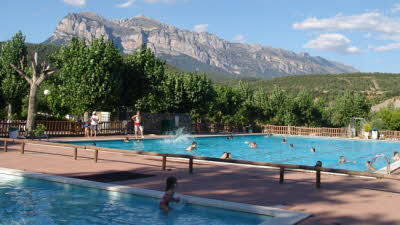
Overseas site
Total pitches: 420
No. touring pitches: 300
Facilities

Overseas site
Total pitches: 1000
No. touring pitches: 745
Open 22 Mar 2024 to 29 Sep 2024
Facilities
Overseas campsite bookings can easily be made on the Club website and "combined deals" are common when you book a campsite at the same time as your ferry crossing. Booking online means you save the £20 Contact Centre booking fee.
Yes, deposits for overseas bookings are calculated at 20% for a site and 25% for a ferry (unless it is a non-refundable ferry/Eurotunnel in which case full payment is due at time of booking). The final balance is due 10 weeks prior to travel.
European campsites are star-rated by their own local authorities and can have different standards and regulations to the UK. However, the Club's travel team handpick and inspect our campsites so that members can be sure of a high standard.
The Club's first time abroad section explains everything you need to know about going on your first overseas touring holiday.